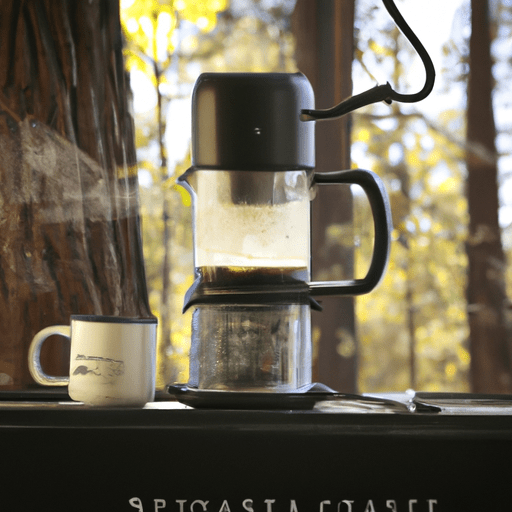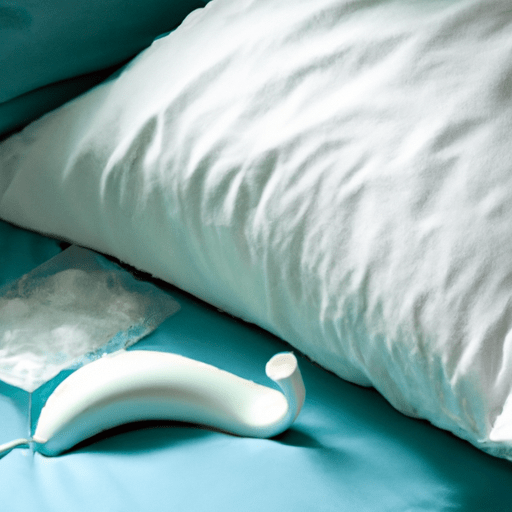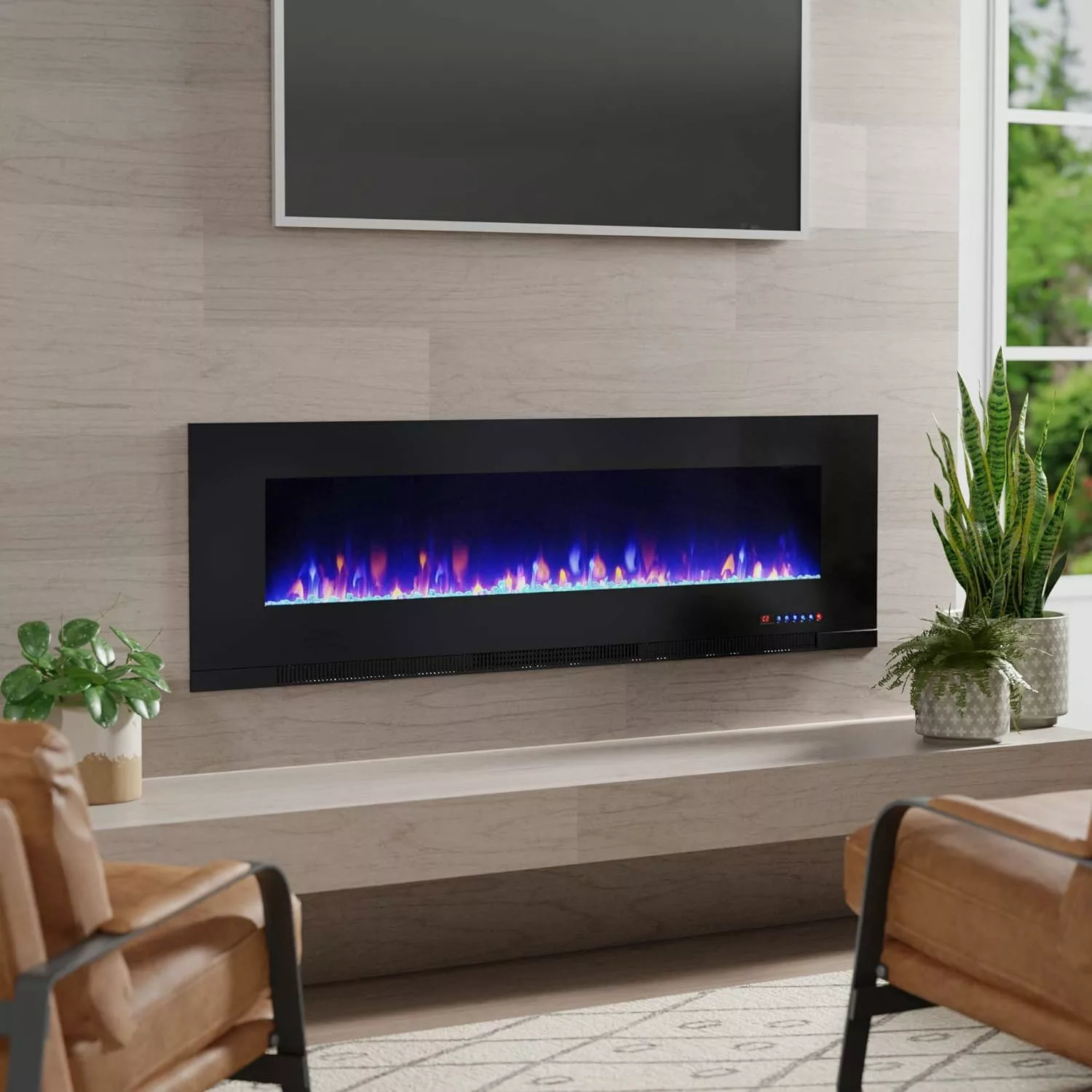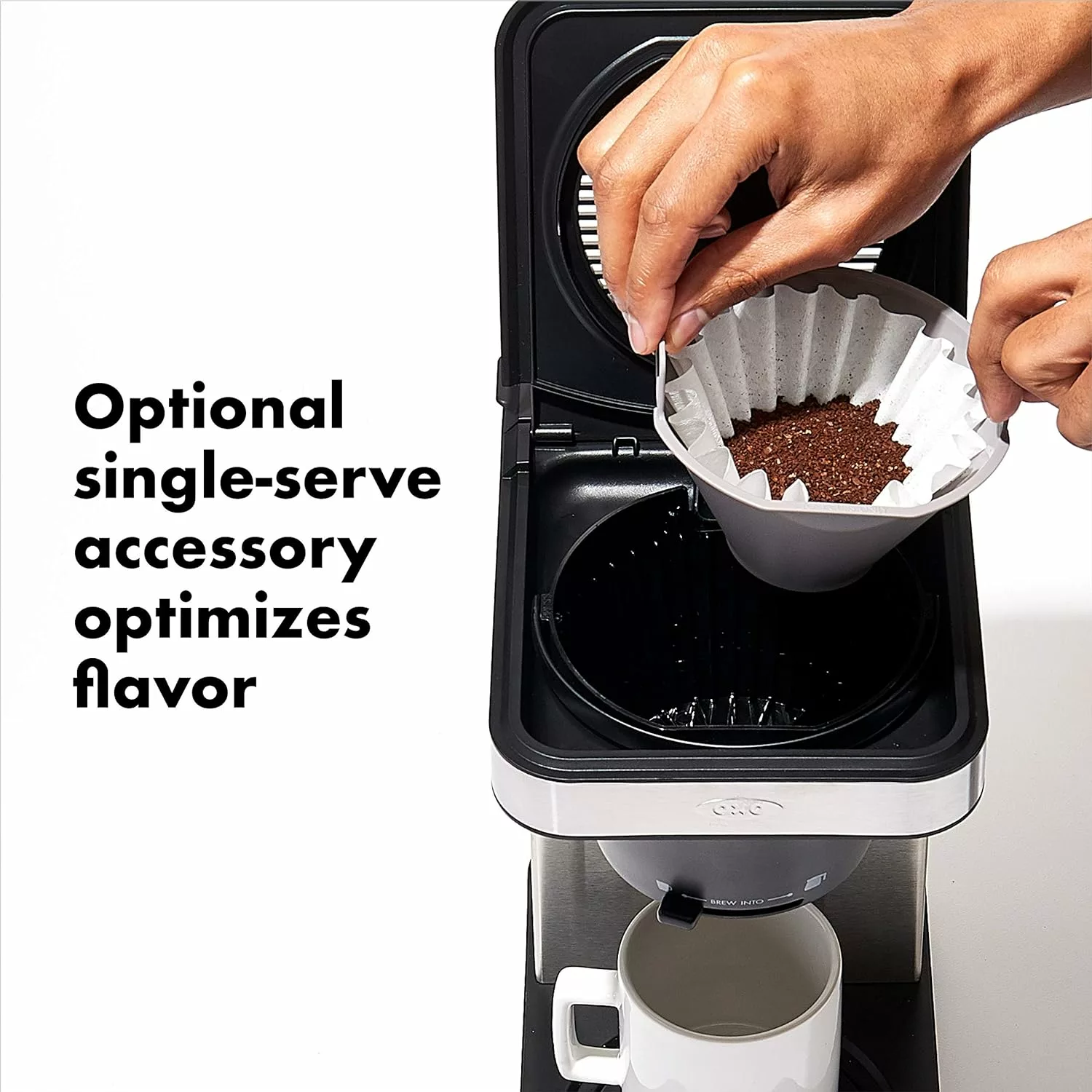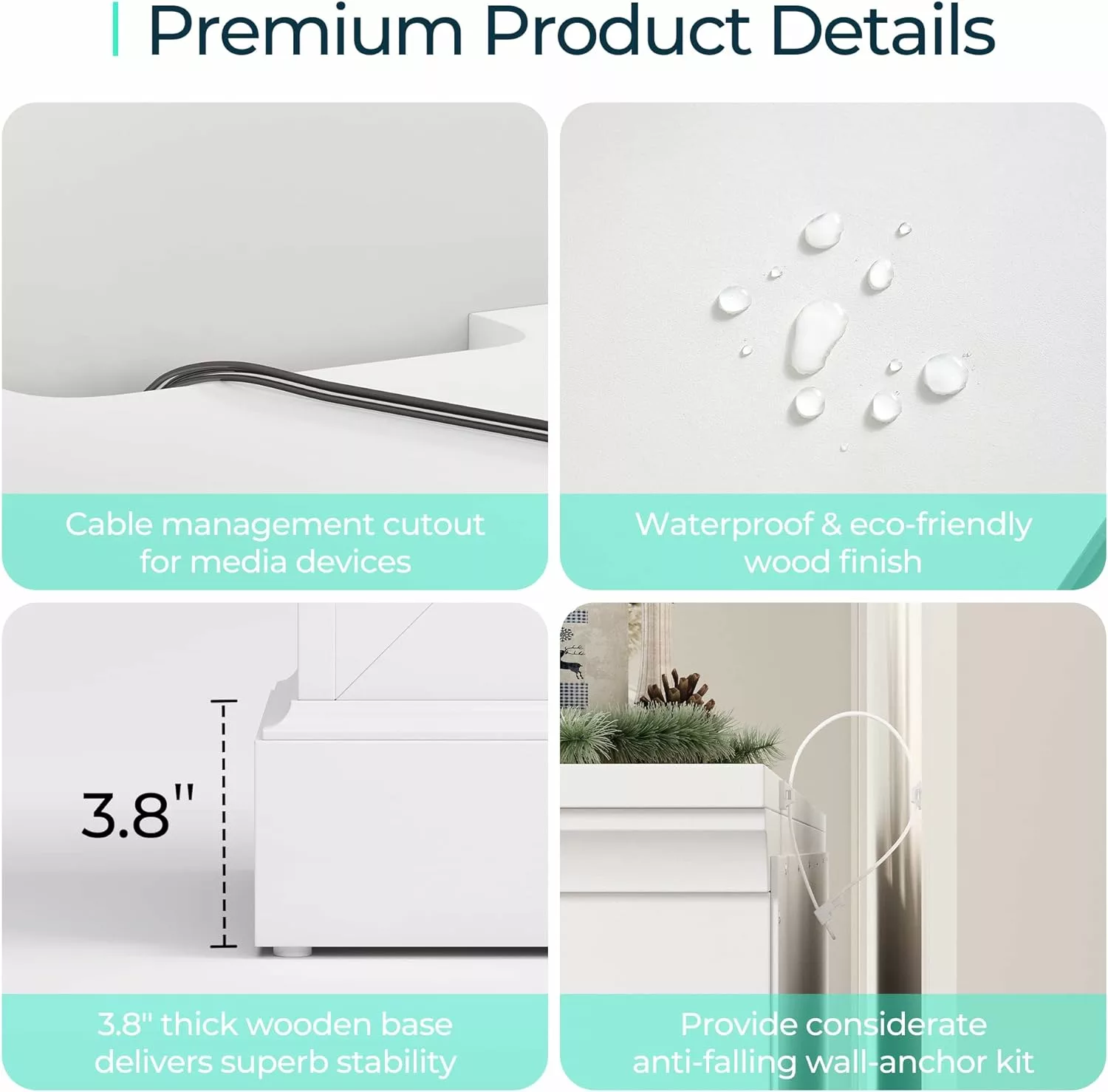You’re in for a treat as we embark on a journey to discovering the art of brewing coffee without the need for electricity. Yes, you heard it right! Whether you find yourself in the midst of a camping adventure or facing a power outage, fear not, as we unveil the secrets to creating a delicious cup of joe using unconventional methods. Get ready to embrace the magic of coffee-making, even in situations where electricity is nowhere to be found.

This image is property of images.unsplash.com.
Understanding the Basics
What is Coffee?
Coffee is a beloved beverage enjoyed by millions of people around the world. It is made from the seeds of the Coffea plant, which are harvested, roasted, and ground to create a flavorful and aromatic drink. Coffee contains caffeine, a natural stimulant that can help boost alertness and improve focus. With its rich taste and energizing properties, coffee has become a staple in many people’s daily routines.
Why Brewing Coffee Without Electricity?
There may be instances where you find yourself without electricity but still desire a hot cup of coffee to start your day or enjoy a comforting brew. Whether you’re camping, facing a power outage, or simply want to reduce your reliance on electrical appliances, learning how to brew coffee without electricity can come in handy. By exploring alternative brewing methods and techniques, you can still enjoy a delicious cup of coffee no matter the circumstances.
Suitable Coffee Brewing Methods Without Electricity
French Press
The French Press is a popular coffee brewing method that requires only hot water and a French Press device. This method involves steeping coarsely ground coffee in hot water for a few minutes before pressing down a plunger to separate the brewed coffee from the grounds. The result is a full-bodied and flavorful cup of coffee that retains the natural oils and sediments for a rich taste experience.
AeroPress
The AeroPress is a portable and versatile coffee brewing device that operates without the need for electricity. It functions by placing coffee grounds and hot water in a chamber, and then using a plunger to create pressure and extract the flavors from the coffee. This method allows for a quicker brewing time and produces a clean and smooth cup of coffee, with the ability to customize the strength and flavor to your liking.
Pour Over Method
The Pour Over method involves manually pouring hot water over coffee grounds in a filter, allowing the water to gradually extract the flavors and aromas as it drips through. This method offers excellent control over the brewing process, allowing you to adjust factors such as water temperature, flow rate, and grind size to achieve your desired taste profile. The Pour Over method produces a clean and nuanced cup of coffee, highlighting the unique characteristics of the beans.
Percolator
A coffee percolator is a classic brewing method that can be used without electricity. It consists of a chamber with a tube leading from the bottom to the top, creating a continuous cycle of water boiling and passing through the coffee grounds. Percolators are known for producing robust and full-bodied coffee, with a slightly stronger taste compared to other methods. While the brewing time may be longer, the result is a flavorful cup of coffee that is great for large gatherings or camping trips.
Cold Brew
Cold brew coffee is brewed using cold or room temperature water over an extended period, usually 12-24 hours. This slow brewing process extracts a smooth and low-acid coffee concentrate that can be diluted with water, milk, or ice to create a refreshing cold brew. Without the need for heat, cold brew can be easily prepared without electricity. It offers a unique flavor profile, characterized by its mellow and less bitter taste, making it an ideal choice for those seeking a less acidic coffee option.
Choosing Your Coffee Beans
Different Types of Coffee Beans
Coffee beans come in various types, including Arabica and Robusta. Arabica beans are generally considered higher quality, providing a wide range of flavors and aromas, while Robusta beans have a stronger and more bitter taste. Understanding the different types of beans can help you choose the flavor profile that suits your preferences.
How Beans Impact the Taste
The type of coffee beans you select will greatly impact the taste of your brewed coffee. Different regions, altitudes, and processing methods can influence the flavors and aromas present in the beans. Arabica beans often have fruity, floral, or chocolate undertones, while Robusta beans tend to be more earthy and bitter. Experimenting with different beans from various origins can help you discover your preferred flavor profiles.
Buying Pre-Ground Coffee Vs Whole Beans
When it comes to coffee, freshness is key. Whole beans retain their flavor and aroma for longer periods compared to pre-ground coffee. Grinding your beans just before brewing ensures that you extract the maximum flavor from the coffee. However, if you don’t have access to an electric grinder, pre-ground coffee can still provide a decent cup of coffee, albeit with slightly less freshness. Opt for a finer grind for methods like Espresso or AeroPress, and a coarser grind for French Press or Cold Brew.
Grinding Coffee Beans without Electricity
Using a Manual Coffee Grinder
A manual coffee grinder is a reliable and portable tool for grinding coffee beans without electricity. It typically consists of a handle, a hopper for beans, and burrs or blades to crush the beans into the desired grind size. To use a manual grinder, simply set the grind size, add the desired amount of beans, and crank the handle to grind the coffee. This manual method allows you to have control over the grind size, ensuring optimal extraction during brewing.
Other Non-Electric Ways to Grind Coffee Beans
If you don’t have access to a manual coffee grinder, there are other ways to grind coffee beans without electricity. One method is using a mortar and pestle or a mallet and ziplock bag to crush the beans manually. This process requires more effort but can yield satisfactory results. Another option is using a blender or food processor to grind the beans; however, this method may require caution and proper pulsing to achieve the desired grind consistency.
This image is property of images.unsplash.com.
French Press Method without Electricity
What is a French Press?
A French Press is a cylindrical brewing device that consists of a plunger and a mesh filter. It allows for full immersion brewing, where coffee grounds are steeped in hot water, resulting in a rich and bold flavor profile. Without the need for electricity, a French Press is an excellent choice for brewing coffee in a power outage or while camping.
How to Use a French Press
To use a French Press without electricity, start by preheating the press by adding hot water and letting it sit for a few minutes. Meanwhile, coarsely grind your coffee beans using a manual grinder. Discard the preheating water from the press, add the ground coffee to the bottom, and pour hot water over the grounds. Stir gently, place the plunger on top without pressing down, and let the coffee steep for about four minutes. Slowly and steadily press the plunger down to separate the brewed coffee from the grounds.
Tips for Brewing with a French Press
- Use a coarse grind to prevent fine sediment from escaping through the filter.
- Experiment with different coffee-to-water ratios to find your preferred strength.
- Pouring the hot water in a circular motion over the grounds helps with even extraction.
- For a cleaner cup, let the brewed coffee sit for a minute before pouring, allowing the sediment to settle.
AeroPress Method without Electricity
What is an AeroPress?
The AeroPress is a manual coffee brewing device that combines pressure and immersion methods to create a smooth and concentrated cup of coffee. It consists of two cylinders, with a plunger and a filter cap. The AeroPress is easy to use, clean, and has gained popularity among coffee enthusiasts due to its versatility.
How to Use an AeroPress
To brew coffee with an AeroPress without electricity, start by placing a filter in the filter cap and rinsing it with hot water. Assemble the AeroPress by inserting the plunger into the larger cylinder. Grind your coffee beans to a medium consistency using a manual grinder. Add the desired amount of coffee grounds to the AeroPress, then pour hot water over the grounds and stir for about 10-15 seconds. Afterward, attach the filter cap and begin pressing down on the plunger steadily. The brewed coffee will be forced through the filter and collected in the bottom chamber.
Tips for Brewing with an AeroPress
- Experiment with different brewing times and water temperatures to adjust the strength and flavor.
- Preheating the AeroPress and rinsing the filter can help maintain the coffee’s optimal temperature during brewing.
- Use a finer grind for a shorter brewing time or a coarser grind for a longer brewing time.
- Invert the AeroPress to create a “steep and press” method, which allows for longer contact time and a stronger extraction.
This image is property of images.unsplash.com.
Pour Over Method without Electricity
What is the Pour Over Method?
The Pour Over method is a simple and elegant way of brewing coffee that involves pouring hot water over coffee grounds placed in a filter, allowing the water to pass through and extract the flavors. This method offers precise control over various brewing variables, resulting in a clean and nuanced cup of coffee.
How to do the Pour Over Method
To brew coffee using the Pour Over method without electricity, start by placing a filter in a pour over dripper or cone. Pre-wet the filter by pouring hot water over it to remove any papery taste. Coarsely grind your coffee beans using a manual grinder. Add the ground coffee to the filter and place the dripper or cone over a cup or carafe. Begin pouring hot water slowly and steadily over the coffee grounds, starting from the center and working your way outward in a circular motion. Allow the water to evenly saturate the grounds, letting it drip through the filter.
Tips for Brewing with the Pour Over Method
- Adjust the grind size according to the desired brewing time. Finer grounds may require a slower pour rate, while coarser grounds may need a faster pour rate.
- Ensure a consistent pour and maintain a steady flow rate to achieve even extraction.
- Blooming the coffee by adding a small amount of hot water and allowing it to sit for 30-45 seconds before continuing with the pour helps release trapped gases and enhances flavor.
- Experiment with different pouring techniques and water temperatures to find your preferred results.
Using a Percolator without Electricity
What is a Coffee Percolator?
A coffee percolator is a traditional brewing method that involves boiling water and allowing it to percolate through coffee grounds. It consists of a chamber, a metal filter basket, and a stem with a perforated plate to distribute the boiling water evenly over the grounds. Percolators are known for producing strong and robust coffee, making them a favorite among coffee enthusiasts.
How to Use a Coffee Percolator
To brew coffee using a percolator without electricity, start by filling the bottom chamber with water. Place the metal filter basket on top and add coarsely ground coffee to the basket. Assemble the percolator and place it on a heat source, such as a camp stove or wood fire. As the water heats up, it will create steam pressure that forces the water up the stem and over the coffee grounds. Allow the coffee to percolate for a few minutes, then remove it from the heat source and let it rest before serving.
Tips for Brewing with a Coffee Percolator
- Start with cold water to ensure proper extraction. Avoid using boiling water, as this can over-extract the coffee grounds and result in a bitter taste.
- Adjust the brewing time based on personal preference. Longer brewing times generally yield a stronger and more intense flavor.
- Use a coarse grind to prevent fine sediment from passing through the metal filter basket.
- Keep an eye on the percolator to prevent over-extraction and ensure the coffee doesn’t become too strong or bitter.
Cold Brew Method without Electricity
What is Cold Brew?
Cold brew coffee is a method of brewing coffee that involves steeping coffee grounds in cold or room temperature water for an extended period, usually 12-24 hours. The slow and gentle extraction process results in a smooth and low-acid coffee concentrate that can be diluted to taste before consumption. Cold brew is known for its mellow and less bitter flavor, making it an ideal option for those with a sensitive stomach or a preference for a less acidic coffee.
How to Make Cold Brew Coffee
To make cold brew coffee without electricity, start by coarsely grinding your preferred coffee beans using a manual grinder. Add the ground coffee to a jar or container, and pour cold or room temperature water over the coffee until fully submerged. Stir gently to ensure all the grounds are saturated, then cover the jar and let it steep at room temperature or in the refrigerator for 12-24 hours. Once the steeping time is complete, strain the coffee concentrate through a fine-mesh sieve or a coffee filter, and dilute it with water, milk, or ice to taste.
Tips for Brewing Cold Brew
- Experiment with different coffee-to-water ratios to find the desired strength. Start with a 1:4 coffee-to-water ratio and adjust accordingly.
- Finely grinding the coffee can result in a stronger and more concentrated brew.
- Consider using a larger container with a spout for easier pouring and storage.
- Cold brew can be stored in the refrigerator for up to one week. It is best served chilled or over ice for a refreshing coffee experience.
Enjoying Your Brewed Coffee
How to Properly Serve Coffee
To fully enjoy your brewed coffee, it’s essential to serve it properly. Start by using clean and pre-warmed cups or mugs to ensure the coffee stays hot for longer. Avoid using paper cups, as they can affect the taste. When pouring the coffee, be gentle to avoid splashing or causing excessive agitation. Consider adding a touch of cream, milk, or sugar if desired, and stir gently to incorporate the flavors. Enjoy your cup of brewed coffee while it’s still warm and savor the delightful aroma and taste.
Pairing Coffee with Foods
Coffee can also be paired with various foods to enhance the overall taste experience. When it comes to complementing flavors, the possibilities are endless. For a classic pairing, enjoy a freshly brewed cup of coffee with a buttery croissant or a chocolate chip cookie. If you prefer something more savory, pair a bold cup of coffee with a cheese and charcuterie board. For coffee lovers with a sweet tooth, try pairing a fruity coffee with a slice of blueberry pie or a caramel-flavored dessert. The key is to experiment and discover your favorite combinations.
Storing Leftover Brewed Coffee
If there’s leftover brewed coffee, it’s best to store it properly to maintain its quality. Transfer any remaining coffee to an airtight container and refrigerate it. Proper storage helps preserve the flavor and aroma for a longer period. When ready to enjoy the leftovers, reheat the coffee gently or pour it over ice for a refreshing iced coffee. Avoid reheating coffee multiple times, as it can affect the taste and quality. It’s best to brew a fresh batch of coffee when needed to ensure the best flavor and experience.
By understanding the basics of coffee brewing, choosing the right beans, exploring alternative grinding methods, and utilizing various non-electric brewing techniques, you can still enjoy a delicious cup of coffee even without electricity. Whether you prefer the rich and bold flavors of a French Press or the smooth and concentrated goodness of an AeroPress, there’s a method suitable for every coffee enthusiast. So go ahead, embrace the art of brewing coffee without electricity, and indulge in the delightful flavors and aromas that this beloved beverage has to offer.
